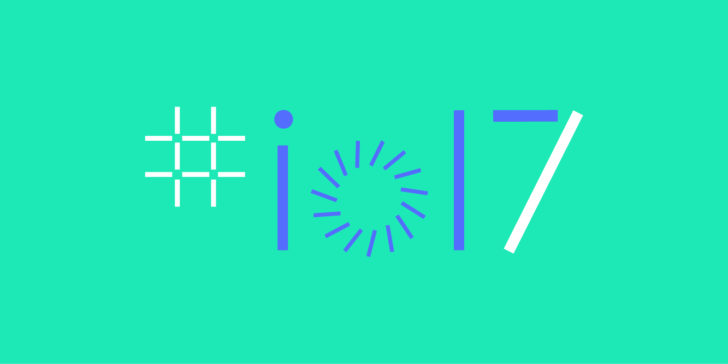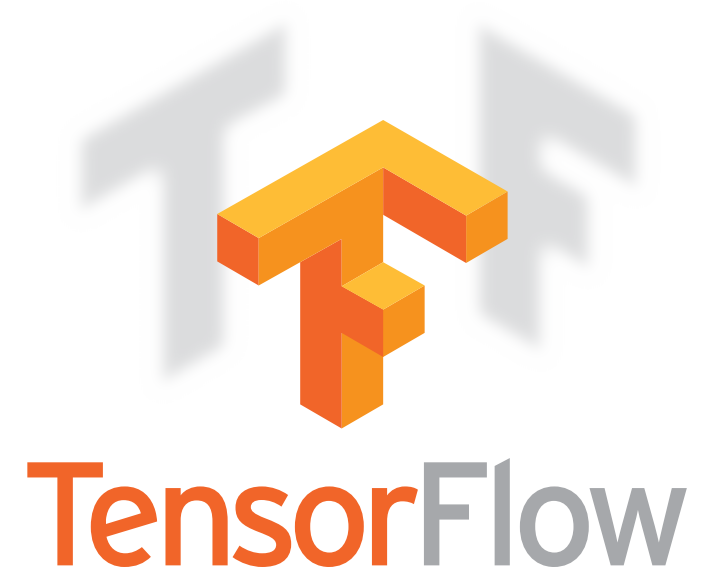
There’s few industry events that get enthusiasts as excited as Google’s annual I/O developer gathering. It was ‘just’ four years ago that skydivers zoomed down on Moscone Center and streamed the entire thing via Google Glass. From moonshots to hardware efforts like the Nexus Q that never really saw the light of day, Google has been the adventurous, perhaps slightly reckless counterpart to the more reserved and cautious Apple. If I/O 2017 is any indication then it looks like that there’s a change coming and we might start seeing a more mature side of Google. Some might call it boring but boring too can be good.
Google I/O 2017 swung wide across multiple verticals and showcased Mountain View’s two pronged approach. Having a foothold both in the present and the future seemingly appears to be the only way to carve a niche for itself. By chasing those proverbial 1% performance gains that make all the difference, it appears that Android O is shaping up into exactly what the platform needs. On the other hand, with Android Go, Google is hell bent on onboarding the 99% and bringing the next billion, online.
Anyone following the telecom industry would note that we’re in a phase of platform maturity. Through a combination of software enhancements and hardware leaps, we’ve achieved a certain democratisation of the smartphone experience. A top end flagship is no longer necessary to get a reliable, well performing experience. From ‘vitals’ to notification dots and the reworked tools to minimise battery consumption, Google is now heading towards bringing finesse to an already robust platform and this can only be good for users. Vitals is a rather generic term that is being used to cover several broad spectrum changes being made to the OS. Starting from halving the boot up time to much increased stability, Google is also working on introducing a new physics based animation API that should reduce touch latency while making the interface navigation experience a whole lot better.
We live in sombre times where the very meaning of privacy is being rewritten and digital security is a veritable challenge. As tech enthusiasts and early adopters we often fail to realise that the lowest common denominator is usually the first to fall prey to such attacks. The onus lies on the technology giants to look out for the users. At I/O 2017, Google announced a whole new security suite dubbed Google Play Protect that will work in tandem with enhancements to Android O to harden it further. While Play Protect scans any app added to the Play Store and makes sure that there is no malicious code on board, Android O takes a renewed focus to sandboxing. The operating system and accompanying hardware now supports hardware based security including FIDO U2F security keys. Sandboxing the browser also protects users from web based attacks.
Sundar Pichai has made it clear that as a company, Google is looking beyond Mobile & Android. To that effect, we saw huge advancements being brought to the connected home, artificial intelligence and VR. Cementing it’s place as the VR solution for the masses through Cardboard, Google now has it’s sight set on a more robust, high end VR experience powered by Seurat. A new rendering system that can produce high performance 3D graphics with lower end processing requirements, Seurat will enable high end VR headsets that can work independent of phones and computers.

Just like VR, AI (Artificial Intelligence) too is the next step of bridging your smart device and every day life. Hardware products like Google Home and software like Google Assistant are robust examples of the direction the company is heading in. Launched a few years back, TensorFlow is almost synonymous with Machine Learning as the de-facto standard for building AI tools. With TensorFlow Lite, Google wants to run machine learning applications directly on your phone instead of pulling data from the cloud. This makes all the more sense as the company’s focus shifts from mobile first to AI. GE has already announced dishwashers, ovens and microwaves that have Google Assistant built in and these are sure to benefit from TensorFlow Lite.
A more cautious and focussed Google is in many ways a better Google. The last few years have seen Mountain View try their hand at many wild projects that it prefers to call Moonshots. At I/O 2017, the company made it clear that it now has a razor sharp focus on capitalising on things that it does best. As enthusiasts, we might not see wild glimpses of science fiction being realised but that’s also because in many ways, the future is already here. Across verticals, connected devices are the new normal. Gaining dominance by investing in the very tools used to build these seems to be a part of Google’s playbook and it made that very evident at I/O 2017.
